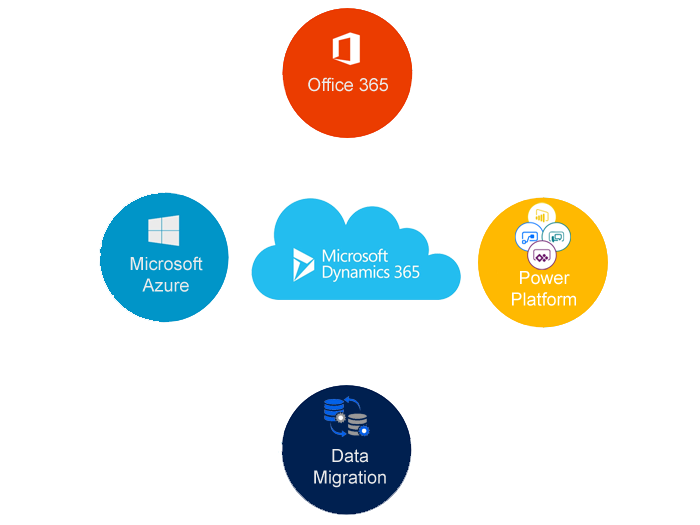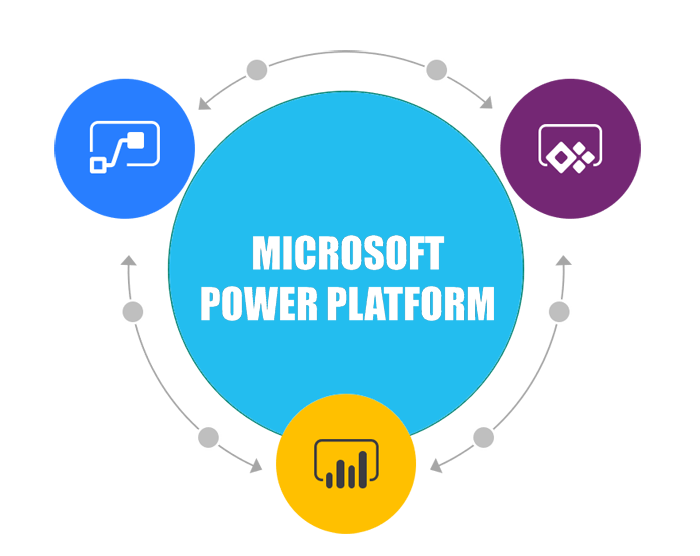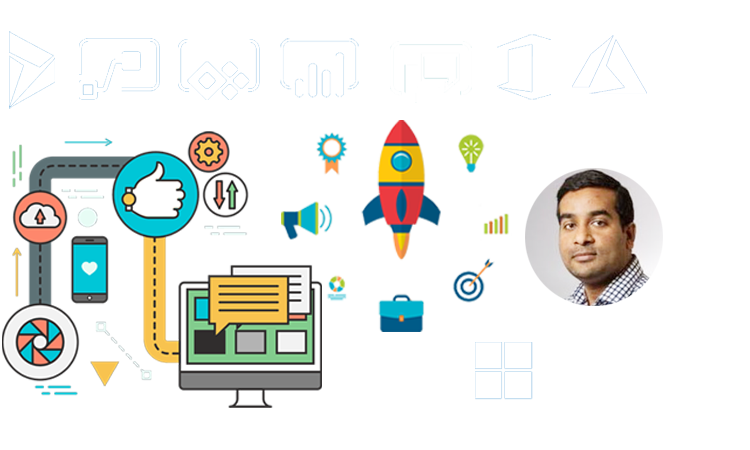Hello Everyone,
Today i am going to show the tools and apps used in Application Life Cycle Management.
Lets gets started.
1. Power Platform Admin Center
PPAC provides administrators to manage environments and settings for power apps, power automate and model driven apps in Dynamics 365 Customer Engagement Apps.
Also manages data integration, gateways, data policies, and get key Microsoft Power Platform metrics through Microsoft Dataverse analytics, power automate analytics, power apps analytics.
2. Power Apps:
Power Apps is collection of apps and services, connectors and data platform that provides a rapid application development environment to build custom apps for any business needs.
It can be connected to business data stored in Microsoft 365, SQL Server etc.
3. Configuration Migration Tool: This tools enables to move configuration and or reference data between the environments.
Note: Configuration/Reference data is different from user and transcational data and is used to define custom functionality in apps based on Dataverse.
Know more about the tool
here4. PowerShell Moduels:
PowerShell cmdlets for administrators, app makers, and developers can automate many of the management and monitoring, quality assurance tasks that are only possible manually today in Power apps, the power platform admin center.
5. Pipelines:
Using Power Platform Pipeline admin create and configure pipelines so that makers can deploy the solution by click of a button into other environments like UAT or Production from Development.
Tools and apps used by developers
1. DevOps:
Power Apps build tools to automate common build and deployment tasks related to Power Apps if your DevOps platform is Azure DevOps.
DevOps is the combination of Software development and IT Operations.
The primary goal of DevOps is the software development lifecycle and provide continuous integration continuous delivery(CI/CD) with quality software.
Microsoft Power Platform Build Tools for Azure DevOps
here2. Version Control System:
To keep track of the changes on the files by keeping track of changes committed to softwate code.
Getting started with GIT
Here3. Package Deployer:
Lets administrators or developers deploy packages of relevant assets to Dataverse instances. Packages can consist of not only solution files but also flat files, custom code and HTML files. CDS provides Visual studio template for creating packages that can be used with the package deployer tool or with PowerShell to deploy them to CDS Instance.
Learn more about Package Deployer
Here4.Solution Packager:
It is a tool that can unpack a compressed solution file into multiple XML files and other files, so they can be easily managed by a source control system.
Learn more about Solution Packager
Here5. Power Platform CLI:
Its a single stop developer command line interface that empowers developers and app makers to create code components.
More about Power Platform CLI
Here I hope this helps
Malla Reddy(@UK365GUY)




















